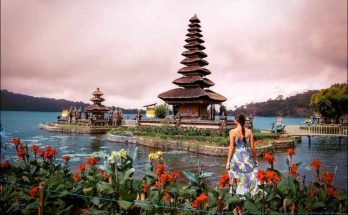Cheyenne (6,062 alt., 53,011 pop.), pronounced shi-an, capital and metropolis of Wyoming, is on a broad plain where the gradual slope of the prairie meets the steepening grades of the Laramie Mountains.
Older Cheyenne was laid out parallel with the Union Pacific Railroad tracks, and its streets are diagonal to the main compass directions; and where these additions join the original townsite, streets are a maze of pointed intersections, short courts, and blind avenues. Residents and visitors alike are uncertain of compass directions.
Cheyenne is old enough to have crabbed, corroded tenement districts downtown, but the prevalence of green lawns, paved streets, and new pressed-brick and steel houses in all parts of the city give it an atmosphere of ‘wet paint’ freshness. Old brick and stone mansions in the 1890 style, many with extensive stables converted into garages, are canopied by tall cottonwoods and poplars and surrounded by clusters of modern homes and solid commercial houses. Newer homes in the residential additions are prim and correct on their treeless, terraced lawns. Trees grow slowly on the high plains, and only the earlier-settled parts of the town are old enough to have trees of any size.
Cheyenne’s location as a focal point for transcontinental travel has made it a commercial city, with railroad division shops and United Air Lines’ repair depot. The cow-town where Tom Horn was hanged in 1903 for the murder of a sheepman’s son has changed its ways and its appearance, but stockmen in Stetson hats and high-heeled boots still come to town for supplies, and several thousand market steers are shipped from the Cheyenne ranching area each year. Polo horses raised in the vicinity are sold in far-distant parts of the country.
Persons afflicted with asthma and tuberculosis find relief in Cheyenne’s altitude and in the 290 days of sunshine weather experts record each year. Wyoming’s 60-day divorce law brings other temporary residents to the State capital.
Once each year during its Frontier Days Celebration, Cheyenne revives its cattleman tradition with hobbles, hackamores, and professional ‘bucking strings.’ This rodeo, held annually since 1897, was first held on the prairies north of town. Spectators came equipped with umbrellas in case of rain. A bucking horse or steer could be shooed away by suddenly opening the parasol.
The show has grown to a fiveday celebration that attracts amateur and professional rodeo performers from many parts of the West, and 30,000 spectators from a wider orbit. For several weeks preceding the celebration, Cheyenne citizens dress up in big hats, high-heeled boots, and bright shirts; and the Sioux come in from their Dakota reservation to dance. The bucking strings arrive on special railroad cars.
Views: 154



